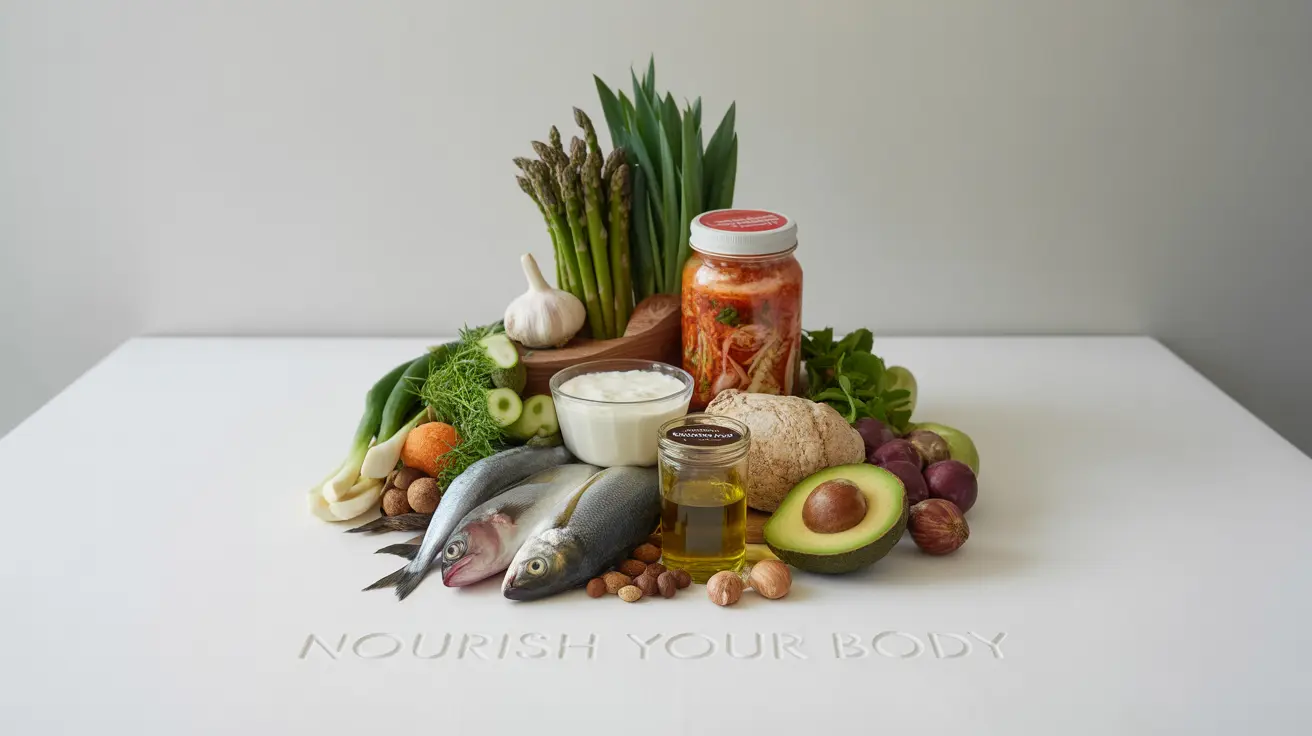The microbiome diet is a revolutionary eating plan designed to optimize your gut health by nurturing the trillions of beneficial bacteria living in your digestive system. This scientifically-backed approach focuses on restoring and maintaining a healthy balance of gut microorganisms through specific food choices and dietary phases.
Understanding how to support your gut microbiome through diet has become increasingly important as research continues to reveal the profound impact these microscopic organisms have on our overall health, from immune function to mental wellness.
Understanding the Microbiome Diet Basics
The microbiome diet emphasizes consuming foods that support beneficial gut bacteria while eliminating those that may harm your digestive ecosystem. This eating plan is structured into three distinct phases, each serving a specific purpose in rebuilding and maintaining optimal gut health.
Core Principles of the Diet
The foundation of the microbiome diet rests on four key principles:
- Remove foods that damage gut bacteria
- Replace with gut-supporting foods
- Restore with probiotic supplements
- Repair the gut lining with specific nutrients
Foods to Embrace on the Microbiome Diet
The diet promotes consuming a wide variety of nutrient-rich foods that support gut health:
- Prebiotic-rich foods (garlic, onions, asparagus)
- Fermented foods (kimchi, sauerkraut, kefir)
- Organic vegetables and fruits
- Healthy fats (avocados, olive oil, nuts)
- Clean proteins (wild-caught fish, grass-fed meat)
Foods to Avoid
To protect your gut microbiome, the diet recommends eliminating:
- Processed foods and artificial sweeteners
- Gluten-containing grains
- Conventional dairy products
- Foods with pesticides or antibiotics
- Added sugars and refined oils
The Three Phases of the Microbiome Diet
Phase 1: The Elimination Phase
This 21-day phase focuses on removing harmful substances while introducing gut-supporting foods and supplements. It's the most restrictive phase, designed to reset your gut environment.
Phase 2: The Challenge Phase
Lasting 28 days, this phase gradually reintroduces certain foods while maintaining the core principles of gut health support. It helps identify personal food sensitivities while continuing to strengthen the microbiome.
Phase 3: The Maintenance Phase
This ongoing phase represents a sustainable, long-term approach to maintaining gut health, allowing for more flexibility while keeping the focus on microbiome-supporting foods.
Health Benefits of the Microbiome Diet
Following the microbiome diet may offer several significant health advantages:
- Improved digestive function
- Enhanced immune system response
- Better weight management
- Reduced inflammation
- Improved mental clarity
- Balanced hormone levels
- Better skin health
Frequently Asked Questions
What is the microbiome diet and how does it improve gut health?
The microbiome diet is a three-phase eating plan that focuses on healing and optimizing gut health by removing harmful foods, introducing beneficial bacteria through diet and supplements, and maintaining a healthy bacterial balance. It improves gut health by eliminating inflammatory foods while providing the nutrients necessary for beneficial bacteria to thrive.
What foods should I eat and avoid on the microbiome diet?
On the microbiome diet, you should eat fermented foods, prebiotic-rich vegetables, organic produce, and clean proteins. Avoid processed foods, artificial sweeteners, conventional dairy, gluten, and foods containing pesticides or antibiotics.
What are the possible health benefits of following a microbiome diet?
The microbiome diet may improve digestive health, boost immune function, aid weight management, reduce inflammation, enhance mental clarity, and promote better skin health. These benefits stem from optimizing the balance of beneficial gut bacteria.
How is the microbiome diet structured and how long does each phase last?
The diet consists of three phases: Phase 1 (elimination) lasts 21 days, Phase 2 (challenge) continues for 28 days, and Phase 3 (maintenance) is ongoing. Each phase has specific guidelines and gradually becomes more flexible while maintaining core principles.
Are there any risks or limitations to following the microbiome diet?
The microbiome diet may be challenging for some people due to its restrictive initial phase, potential supplement costs, and the need for careful meal planning. Some individuals might experience temporary digestive changes or find it difficult to maintain long-term. Always consult with a healthcare provider before starting any new diet program.




